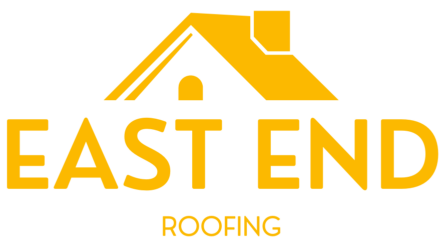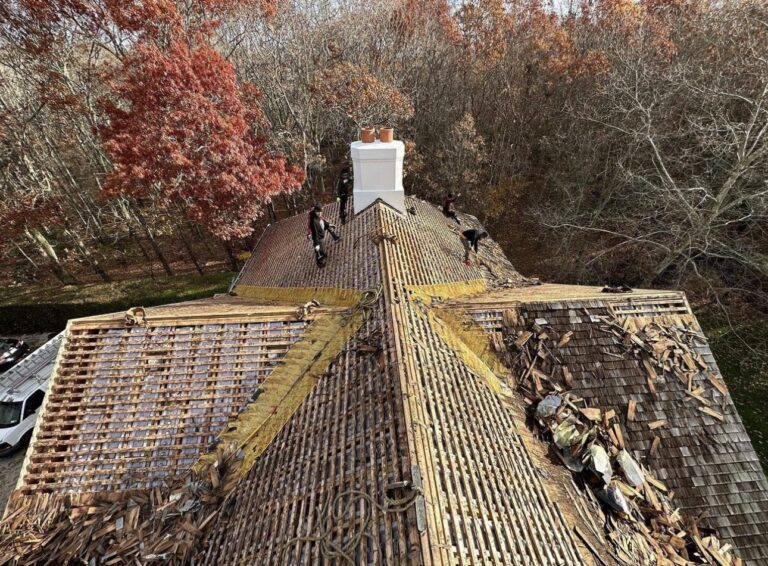When it comes to maintaining your home, your roof plays one of the most vital roles in protecting everything beneath it. If you’re in East Hampton, you may be wondering, “Is your roof still under warranty?” Knowing the answer to this question can save you a great deal of money and stress, especially if you encounter unexpected issues. Roof warranties are not only a safety net for homeowners but also an essential aspect of homeownership that should be carefully understood and managed. This guide will walk you through the key details about roof warranties, how to check if your roof is still covered, and what steps to take if it’s not.
Understanding Roof Warranties in East Hampton
A roof warranty is an agreement between you and the roofing company or manufacturer that outlines the terms and conditions under which your roof will be repaired or replaced at no additional cost to you. These warranties typically cover defects in materials or installation, but the specifics can vary based on the roofing material, the contractor, and the terms of the warranty itself. In East Hampton, where the weather can be harsh, knowing whether your roof is under warranty can be crucial to ensuring it remains in good condition.
Most roof warranties are categorized into two types: material warranties and workmanship warranties. Material warranties cover defects in the roofing material, while workmanship warranties cover errors made during the installation of the roof. Both types are important to your roof’s longevity, but they can vary in duration, usually lasting anywhere from 10 to 50 years.
How Long Does a Roof Warranty Last?
The length of a roof warranty can vary depending on the materials used and the company you’ve hired. For example, asphalt shingles often come with a warranty lasting 20 to 30 years, while metal roofs might be covered for up to 50 years. However, it’s important to remember that just because a roof has a long warranty doesn’t mean it will last that long without any issues. The coverage provided under a warranty can often depend on routine maintenance and the conditions under which the roof is used.
In East Hampton, the unpredictable weather—ranging from strong winds to heavy snowfalls—can accelerate wear and tear on your roof. This is why it’s essential to check the specifics of your warranty to understand what is covered, how long it lasts, and what kind of maintenance is required to keep it valid.
What’s Covered Under a Roof Warranty?
Understanding what’s included in your roof warranty can help you avoid surprises when you need to make a claim. Roof warranties generally cover two main aspects: materials and installation.
Materials: This typically includes the roofing material itself, such as shingles, tiles, or metal. If the materials are found to be defective, the manufacturer will usually repair or replace them at no cost to you.
Workmanship: This covers the quality of the installation process. If your roof was not installed properly and this results in leaks or damage, the roofing company should address it under their workmanship warranty.
However, it’s important to remember that roof warranties may not cover damage caused by external factors such as severe weather events, poor maintenance, or natural wear and tear. For instance, if your roof is damaged due to neglect or failure to clear debris regularly, you may not be able to file a claim.
How to Check if Your Roof is Still Under Warranty in East Hampton
Now that you understand the basics of roof warranties, the next step is determining if your roof is still under warranty. The process can be relatively straightforward, but it requires a bit of effort and attention to detail. Here are some steps to follow:
Check the Documentation: When your roof was installed, the contractor should have provided you with warranty documents. These documents will outline the terms of the warranty, including what is covered, how long it lasts, and any conditions for maintaining the warranty.
Contact the Roofing Company: If you’re unsure about the details of your roof’s warranty or can’t locate the original paperwork, the roofing company you hired should be able to help. They may have records of your installation and can tell you if your roof is still covered.
Look for Warranty Transfers: In some cases, warranties can be transferred to a new homeowner. If you’ve recently purchased your home, it’s a good idea to check with the previous owner or the roofing company to see if the warranty can be transferred.
Check for Signs of Damage: If you’re experiencing leaks or other roofing issues, it’s important to inspect your roof for visible signs of damage. Sometimes, these issues can point to defects that are covered under warranty, and your roofing contractor can assess whether the warranty applies.
What to Do If Your Roof is No Longer Under Warranty
If you’ve determined that your roof is no longer under warranty, it’s important to act quickly to address any issues before they worsen. Here’s what you can do:
Get a Professional Roof Inspection: Even if your roof isn’t under warranty, it’s still a good idea to have a professional roofer inspect your roof regularly. This can help identify any problems early on, saving you money in the long run.
Consider Roof Repair or Replacement: If your roof is showing signs of damage, and it’s not covered by a warranty, you may need to pay for repairs or a full replacement. Depending on the extent of the damage and the age of the roof, it may be more cost-effective to replace it rather than continue repairing it.
Review Your Insurance Policy: In some cases, homeowner’s insurance can cover certain types of roof damage, especially if it’s caused by weather events. Contact your insurance provider to check if your roof is covered for repairs under your policy.
Explore Financing Options: If your roof is no longer under warranty, and you can’t afford a full replacement upfront, many roofing companies offer financing options to help you spread out the cost.
Maintaining Your Roof to Extend Its Lifespan
Whether your roof is under warranty or not, regular maintenance is essential for ensuring its longevity. In East Hampton, where the weather can be unpredictable, performing routine maintenance can help prevent costly repairs and keep your roof in good condition. Here are a few maintenance tips to keep your roof in top shape:
Inspect Your Roof Regularly: Check your roof for signs of damage such as loose shingles, moss, or debris buildup. Regular inspections can catch small issues before they become major problems.
Clear Debris from Your Roof and Gutters: Leaves, branches, and other debris can accumulate on your roof and in your gutters, leading to clogs and water damage. Keeping these areas clear can help prevent moisture buildup and prolong the life of your roof.
Trim Overhanging Branches: Trees near your roof can cause damage by rubbing against the shingles or dropping branches during storms. Keep trees trimmed back to reduce the risk of roof damage.
Check for Leaks: Leaks are one of the most common issues with roofs. Check your attic and ceilings for water stains or signs of moisture to identify leaks early.
Conclusion
Knowing whether your roof is still under warranty in East Hampton can give you peace of mind and help you avoid unnecessary repair costs. If your roof is still covered, make sure to keep the warranty documentation handy and follow the required maintenance guidelines. If your roof is no longer under warranty, it’s important to stay proactive about repairs and consider getting professional inspections to ensure its longevity.
For any roofing concerns, whether you need to check your warranty status, request an inspection, or explore repair options, East End Roofing is here to help. Reach out to us today at (631) 855-2006 or email in**@***********ny.com for more information or to schedule a consultation. Your roof’s health is too important to wait—act now and protect your home for the future!

